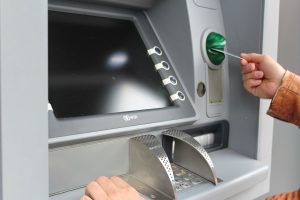When Should I Do It Myself and When Should I Leave it to the Pros?
Q: Which home improvement projects can I tackle myself, and when should I leave it to the pros?
A: It’s tempting to want to do everything yourself, but it isn’t always the best choice. Here’s how to know when to do it yourself and when to hire professionals.
Home improvement projects you can probably do on your own
- Cosmetic improvements.This includes painting, wallpapering, wood staining, installing adhesive carpet tiles and replacing the hardware on cabinets and drawers. Check out tutorials on YouTube for useful tips, tricks and hacks.
- Minor plumbing jobs.Almost anyone can snake a clogged toilet, and most people can handle fixing a minor faucet leak or changing a shower head. Maybe even installing a toilet. Again, YouTube is your best friend when it comes to DIY adventures.
- Minor electrical work.You can probably install new light fixtures and change your light switch plates without much issue.
- Install tiles.Think a new backsplash for your kitchen, new tiles for your bathroom floors and walls, and new floors for your kitchen and foyer.
Six questions to ask before tackling a project on your own
- Have I done a project like this before? If this isn’t your first time doing a project like this, you can probably handle it now.
- Do I have a reliable resource to turn to with any questions that may arise? It’s best to be prepared in case you run into trouble mid-project. Get that contractor friend on speed dial!
- Will this project involve any structural framing? It’s best not to tackle projects that involve cutting through walls without professional guidance.
- Will this job involve any electrical, plumbing or HVAC work? If your project involves cutting through pipes and wires, it’s best to call in the pros.
- Do I have the resources to complete this job? Make an estimation of how much the job will cost you in time and money before you begin.
- Will this job risk personal injury? Don’t risk your safety on a project that should really be left to the pros.
Paying for a home improvement project
A home improvement project can be expensive. Consider tapping into your home’s equity through a home equity loan or a home equity line of credit with Olean Area Federal Credit Union to help you pay for the project. Call, click, or stop by today!


















